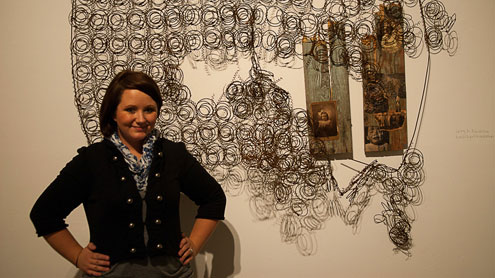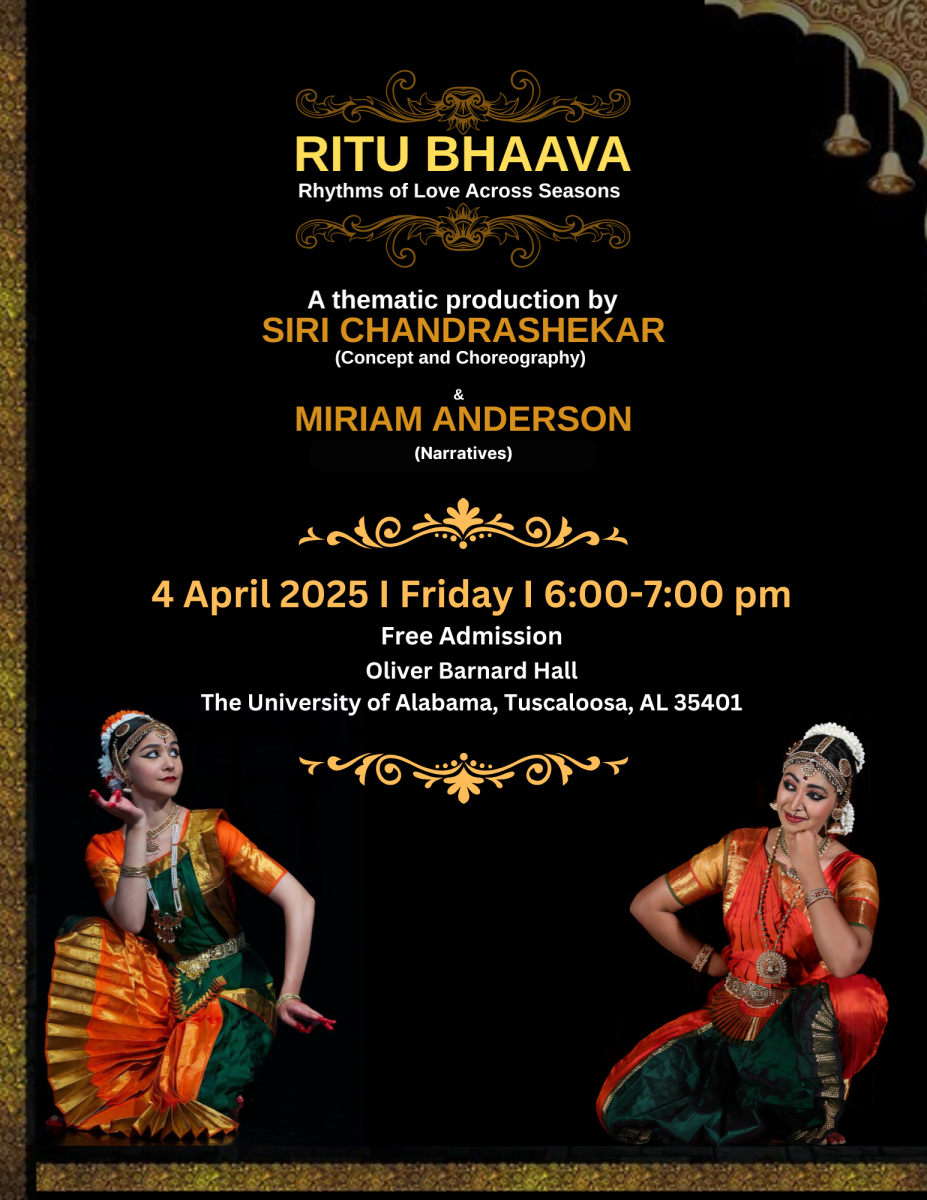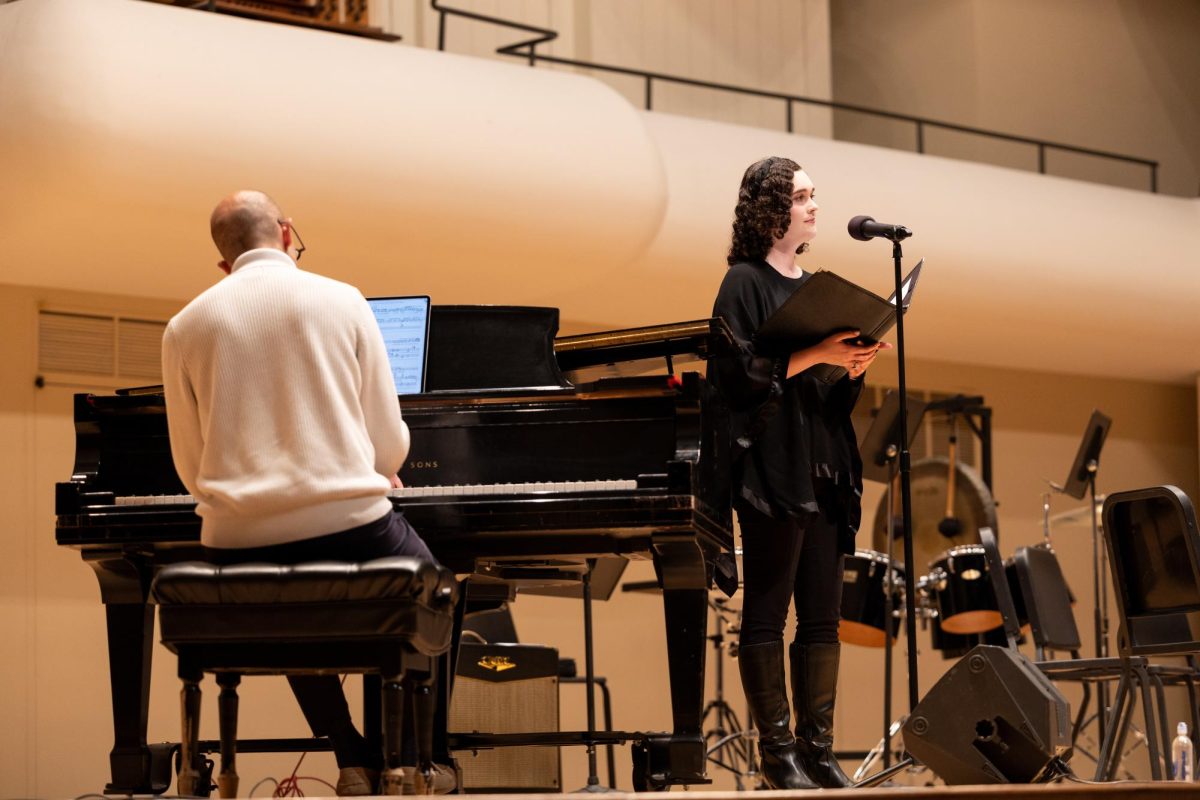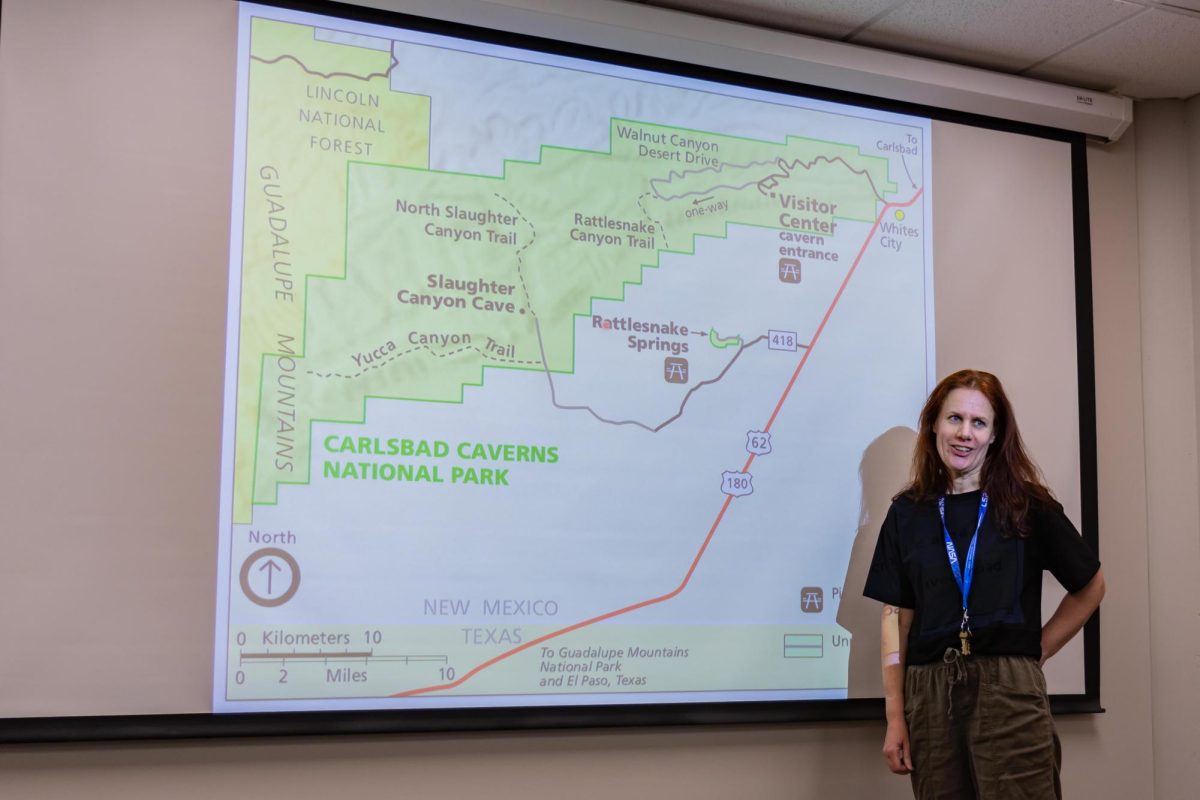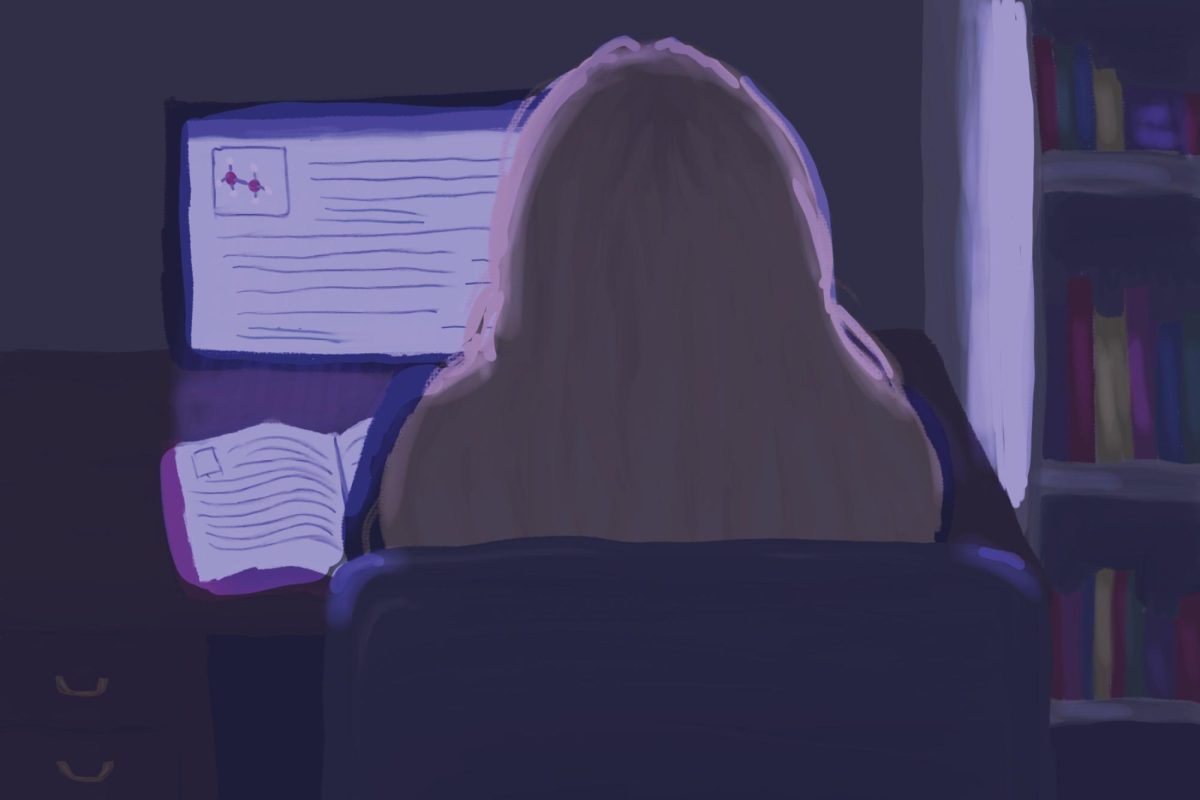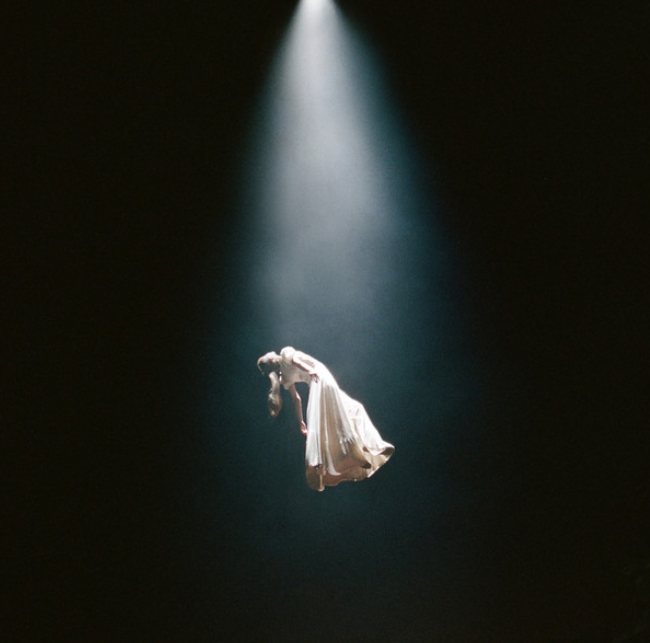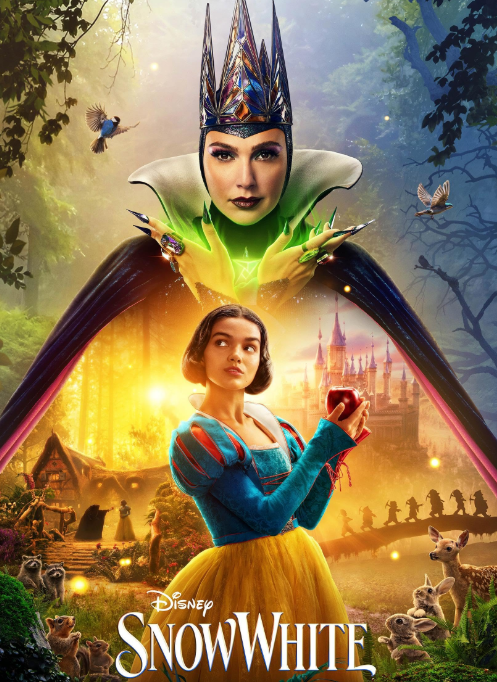Amber Jones, a senior majoring in studio art, cherishes her southern perspective, and she doesn’t hesitate to incorporate it into her art.
Since Monday, her southern-inspired artwork has been on display at the Sella-Granata Art Gallery in Woods Hall as part of her senior BFA exhibition. There will be an opening reception for her exhibit, titled “Hot Steams,” this Thursday, Nov. 10, from 6 to 9 p.m.
The Crimson White: How did you get your artistic start?
Amber Jones: I took a few classes early in high school, but I didn’t feel like I was able to explore the mediums I would like to have used. When I got to the University, my possible mediums were nearly limitless and my teachers were very encouraging. In my first drawing class, the teacher used the term “drawing” very loosely, so I was able to explore many mediums there, and when I took my first 3-D class, Craig Witherspoon encouraged me to pursue my three dimensional work, so I chose sculpture and ceramics as my concentrations.
CW: What do you like about the mediums you use?
AJ: I work with mixed media and found object installations as well as clay. With the installations, I get to take objects that already have a history and contextualize that history to fit the conversation of my work. I rarely alter the form or surface of the objects in my sculptures, because I feel that the years upon years of history are much more interesting than any mark-making I can employ, so my work is in contextualizing and telling the viewer a story.
Clay was love at first touch for me. I just have such an emotional relationship with the material, and I try to let it tell me what it wants to do. Even if it cracks or explodes in the firing, I try to work those marks into the narrative.
CW: Why do you like to arrange natural, unaltered objects?
AJ: The objects I start with have their own history. Most are really aged. I feel it’s inappropriate to add my own mark-making to an object that has survived for 50 or 60 years. If it has survived this long already, then it’s in the state it needs to be in, and I don’t need to change that.
CW: Can you take me through your artistic process?
AJ: With my sculptural work, I usually find an object and let it tell me a story. As I said, I don’t typically like to alter the object, so I usually just live with it for a few days, carry it around with me, always have it close. Then the story just comes when I least expect it, usually when I let my mind slow down before I fall asleep. I have to keep a notebook by my bed to write things that come in that magical, hazy moment right before sleep.
With clay, I work off of natural forms and textures—mainly sea forms and organic forms like fungi and okra. I like to start with one form and multiply it over and over until it forms one new form. One of my pieces has 795 mushroom shaped attachments. The repetition is soothing.
CW: Do the pieces ever turn out how you initially envision them?
AJ: Usually with clay my forms turn out how I want them, but it’s the magic that happens in the kiln that is totally unpredictable. Things turn out unexpected colors or they crack and split open, and I just learn to work with that because that’s what the clay is telling me it wants to do, who am I to change that? My installation work can be difficult if I can’t find a specific item to help me tell a story. I’m constantly on the lookout.
CW: What is the theme of your exhibition?
AJ: This show is an autobiographical expression of my specific experience as a Southerner. I use “Hot Steams,” the show’s title, as a metaphor for my family members who have passed away but still influence my work heavily. There is a strong oral tradition and history in my family, and I am hoping to create an equally strong visual history.
For example, in a piece titled “Survival,” I am commenting on the hardworking nature of southerners. My family has a history of working with their hands, and I have continued that, but in a new vein of artistic expression.
CW: What will happen at your reception on Nov. 10?
AJ: The reception will be a great chance to ask me questions about the work and share your views with me. I can tell you stories, and you can discuss the work with others. There will be free food from 5th and Main in downtown Northport as well as free spirits for those over 21. All ages are welcome, and I’m looking forward to meeting everyone.



